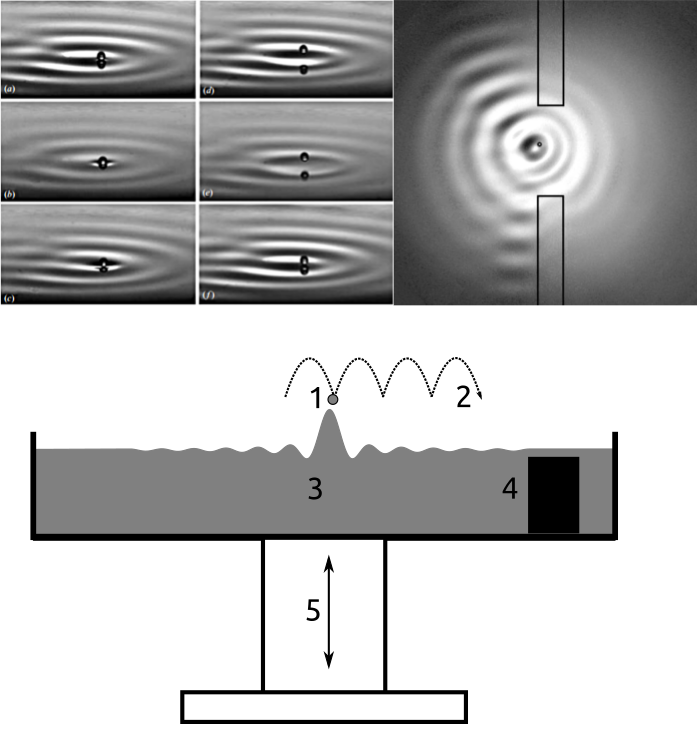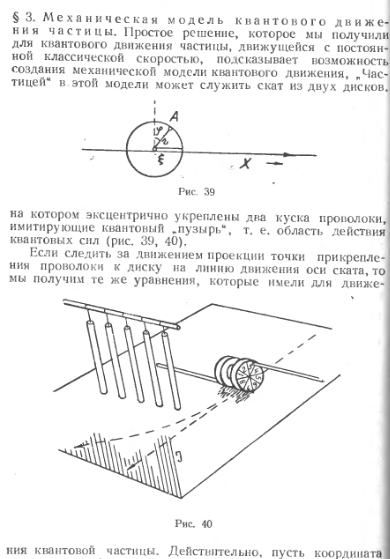"If you think you understand quantum theory ... then you don't understand quantum theory." - Feynman R., lectures "The nature of physical laws" (1964), ch. 6.
This and similar statements about the incomprehensibility of the laws of quantum mechanics have always irritated me. Corpuscular-wave dualism , the properties of quantum particles to behave like waves and like particles - is it really impossible to understand them clearly, to see not as the behavior of mathematical solutions, but with your own eyes? In this review, I will present results challenging this mysticism.
Derivation of the de Broglie ratio
Louis de Broglie knew the ratio (Planck's formula) and (equivalence of mass and energyin the special theory of relativity) where - rest mass, i.e. mass in its own frame of reference.
According to the theory of relativity, there is no absolute time, and each point in space has its own - the fourth coordinate t. Own time, as Louis de Broglie reasoned, is like a personal watch. Both the person and the electron have them. What does it mean?
He suggested that each particle has an internal periodic process (tick-tock with frequency), which serves as a measure of its own time [1]. This innermost process with a frequency in its own frame of reference allows us to link two energy formulas
A stationary observer perceives an oscillatory process particles flying with a speed at point like
The transition to the particle reference frame gives in the exponent
– ,
,
,
– , – .
. , .
-? -!
-«» . ( ) 4 . ( ), (4.5g ). , 50 40x40 =6.5 . 1 , , .

. – . – «» . – . 1 – «», 2 – , , 3 – «» , 4 – -, , 5 – .
, . — « » «» 2 .
, ( 4), «». ( ) . : [2].

- Y. Couder and E. Fort. Single-particle diffraction and interference at a macroscopic scale. Phy. Rev. Lett., 97(15):154101, 2006.
- , , , - . (, , ). , , — , , .

, (, ) , (, ). .
, , , . . , . (, , ) . , , , , — -.
It should be noted that similar ideas were discussed in Russian science much earlier, for example, in the book of the Tomsk scientist B.N. Rodimov "Self-oscillatory quantum mechanics" [3]. He also designed a particle-wave. Unfortunately, his ideas were not picked up.

Literature
- L. de Broglie "Waves and Quantums" 93 178-180 (1967)
- Robert Brady and Ross Anderson. Why bouncing droplets are a pretty good model of quantum mechanics. 2014.
- B.N. Rodimov “Self-oscillatory quantum mechanics”, Tomsk 1967.